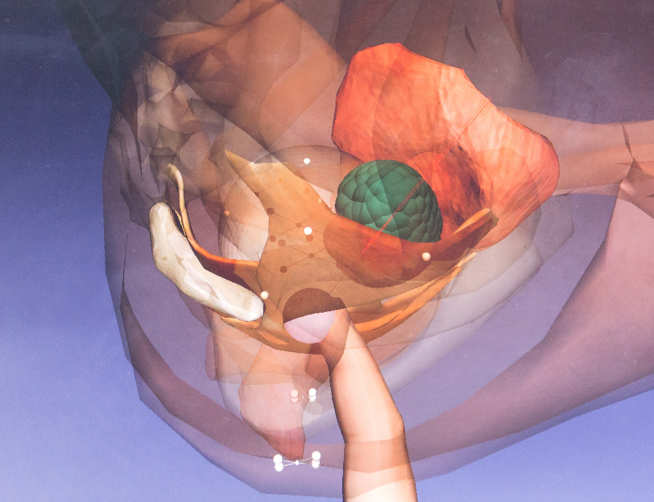Computer Modelling and Simulation refers to the process of constructing and manipulating computer-based mathematical, graphical or algorithmic representations of real life systems or phenomena, for the purpose of conducting computer-based simulations to study, predict or optimise the behaviour of the system(s) / phenomena under consideration.
Our work in Computer Modelling and Simulation aims to recreate clinical processes such as clinical examination, clinical diagnosis, interventional procedures and care pathways. We develop innovative modelling techniques and simulation algorithms to support patient-specific simulation, as well as use mathematical modelling and computer simulation to study patient journeys across care pathways.
Recognising the crucial importance of direct and routine clinical input, our approach includes iterative development in close interaction with clinical collaborators and thorough ongoing validation.
Objectives
- Develop innovative modelling techniques and simulation algorithms with the ultimate aim of supporting patient-specific mission rehearsal, training and procedure navigation
- Estimate model parameters and model boundary conditions through both quantitative and qualitative approaches
- Develop mathematical models and computer simulation to study patient journeys across entire care pathways, from management of health in the home to acute care and specialist services
- Conduct rigorous testing and validation studies of the resulting models and simulations to demonstrate their usability and fitness for purpose
- Maximising impact through translation from research prototypes to market-ready/user-ready products
Computer modelling and simulation examples
modelling organ deformation

We have developed techniques and algorithms that enable us to create accurate models of patient anatomy from medical imaging scans and the deformation it undergoes as a result of either direct interaction through palpation, or indirect interaction through a range of instruments. Our Digital Rectal Examination Haptics Training system (DiRECT) is an example of the use of a range of organ and tissue deformation approaches through palpation.
Computer modelling of patient care pathways
We have developed bespoke mathematical and computer models that allow us to simulate the journey of a patient along different care pathways. An example of this approach is paediatric asthma, where our model incorporates the entire integrated care pathway, from management of health in the home, to acute care and provision of specialist services, as well as taking into account patient behaviour (e.g. lack of compliance using an inhaler) and clinician aptitude / behaviour (e.g. decision making).